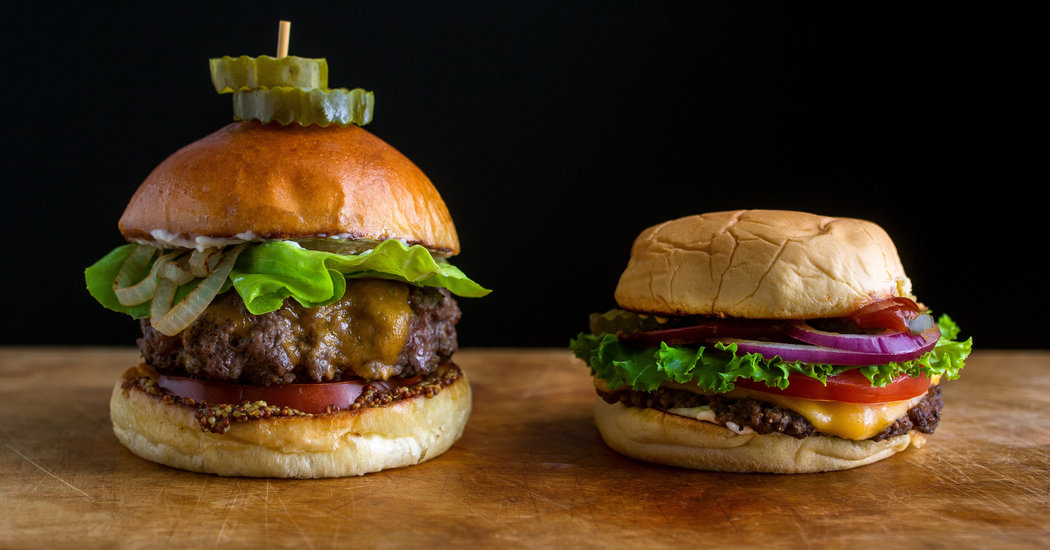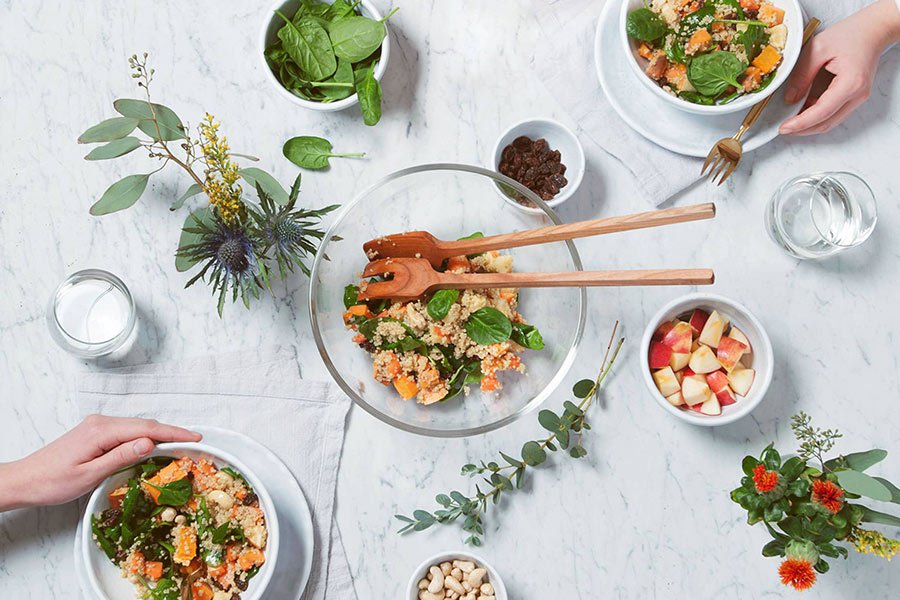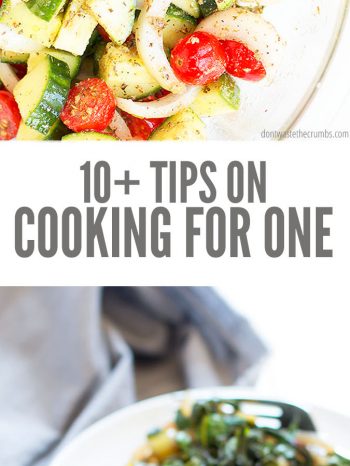
If you are a fan of roast beef, then a beef roast could be for you. Roast beef, a traditional dish, is often served as main course during Sunday dinners. The traditional side dish of roast beef is the Yorkshire pudding. However, it can be purchased as a cold cut which can be used to make sandwiches. Beef roast is also available in all prices and cuts if you don't like meat.
Cuts of beef roast
While supermarkets will often carry common cuts of beef roast, you'll find more variety at a butcher shop. Many butchers are able to source meat from their farms, making it even easier to pick the right roast. You can select the size and type of cut you would like, and even discover new cuts. You will be able to cook your roast the way you prefer it if you order it in advance at least three to 4 days in advance.
If you are looking for a beef roast to buy, make sure that the cut is tender and moist. The cut should have a thin layer if fat. If you don't want to have any visible fat, consider a cut of beef with a smaller fatty point. This cut of beef is ideal for a one pan cooking method. Be sure to trim off the fattier part of the meat prior to cooking. The meat tends to shrink in cooking and will be easier to slice while you are carving.
Cooking technique
There are many ways to cook beef roasted, depending on what flavor you prefer. While some prefer meat that is less pink than others, it doesn't necessarily have to be undercooked. Ultimately, you want the meat to be about 140 or 145 degrees F. Using a digital thermometer to cook the beef can take the guesswork out of cooking the meat. Beef roasts should always be slow-cooked to ensure that the meat remains moist and tender.

A rack or pan with a shallow roasting tray is a great way to cook your beef roast. Make sure you place the fat side-up. For rib roasts, a shallow roasting pot is ideal as they don’t require a rack. A safe oven thermometer should be placed in the thickest portion of the roast. The probe shouldn't touch the bones or fat. Covering the roast will prevent it from cooking as evenly as it should.
Temperature required to roast
A beef roast is cooked at temperatures between 220 to 275 degrees. The cooking time varies depending on the size of the roast, desired degree of doneness, and the oven temperature. Some recipes call for cooking the roast at a higher heat and then cooling it down to finish. This is an approximate time, but keep in mind that some cuts of beef take longer to cook than others. A roast at 325 degrees F should take approximately 40 to 45 minutes per pound of beef.
For medium-rare beef you need to heat the roast for 30 minutes. This will allow the beef to continue cooking while redistributing its juices. You should pre-heat the meat in a convection cooker at 275 degrees F.
Price
Prices for beef roast vary based on the cut. There are three types of beef roasts: sirloin, rib and fillet. The best beef is cooked medium-rare to medium. Although it sounds strange, well-done roasts are considered to be a waste. Because of this, beef prices are often higher than for other types. You can receive bulk discounts on certain cuts for smaller gatherings or meal preparation.

Roast beef is generally cut from the buttocks or shoulder of a cattle. It is also available as a round roast, or prime rib. Roast beef is slow-roasted in an oven, crockpot or pan. Depending on the cut and type, roast beef can range from $7 to $10 a pound. A seven-ounce package of roast beef will cost you between $5 and $7. For maximum protection against odors, it is important to seal the meat well.
FAQ
Which career path is best for someone who wants a career as a chef or chef? How do I get started as a chef?
Apprenticeships are a great way to get started if you want to become a chef. Apprenticeships give you the opportunity to work for many years without having to pay tuition fees. After your apprenticeship, you may apply for a role as a sous chef. Sous chefs work with cooks to prepare dishes and supervise them. They oversee all aspects of the restaurant's operation.
Is there a difference between a chef and a cook?
A chef cooks for others. A cook prepares the food for oneself. Both jobs require the preparation of food. However, chefs work directly with their customers. This means they may have to decide what to serve guests based on their preferences. Cooks don't interact with customers. Instead, he or she ensures that the food tastes good before serving it to anyone.
What should a novice cook do first?
An easy dish to start with is pasta, rice, or soup. Learn how to cook with a recipe book, YouTube video or other resources. Cooking is fun when you do it with someone else. Have a group of friends cook, or cook together.
How Much Does it Cost to Learn Culinary Arts Skills?
You will find that the price to study culinary arts is variable. For example, a 4-year degree costs about $40,000. A two-year associate's program may be less expensive at $5,000. Tuition rates depend on the type of program you select. Public institutions are more expensive than private institutions.
Are there any ingredients I can buy to cook?
You don't necessarily need to buy any ingredients. Most grocery stores sell premade sauces and other items you can use as substitutes. Pre-made meals are a great way to save money.
Statistics
- According to the BLS, chefs earn $58,740 a year. (learnhowtobecome.org)
- The median pay for a chef or head cook is $53,380 per year or $25.66/hour, according to the U.S. Bureau of Labor Statistics (BLS). (learnhowtobecome.org)
- In the United States, the category is estimated at $23.2 billion annually and is growing faster than the market. (washingtonpost.com)
External Links
How To
How to make the perfect omelet
Omelets is one of my favourite breakfast foods. But how do you make them perfectly? There are many recipes and methods I tried, but none worked. So I wanted to share some tips and tricks so that you can make delicious, fluffy omelets every morn.
When making omelets, it is important to be aware that eggs can be temperamental. It is important that eggs are fresh from an organic market and kept cool until used. They must be kept cool, otherwise the whites will not form properly and the yolks may become runny. This makes your omelets look weirdly colored. It is best to use room-temperature eggs if you are going to cook them right away.
Another tip is to separate the egg before adding it to the pan. You don't want any white to get mixed up with the yolk because this could cause the omelet to curdle.
You could end up burning the bottom half of the egg if the egg is added directly to the heat source. Instead, microwave the egg for 10 seconds before adding it to the pan. The heat from the microwave cooks the egg just enough without overcooking it.
Next, let’s talk about mixing the egg. You want to mix the eggs thoroughly before you add them. To do this, grab the bowl of the mixer and turn it upside down. Next, shake the bowl vigorously. This way, the air inside the bowl gets whipped around and mixes the egg thoroughly.
The fun part begins - you need to pour the milk into your mixture. First, pour half of the milk into the beaten eggs and then fold the eggs gently into the remaining milk. Do not worry if you see streaks of egg; they will disappear when the omelet is flipped.
After you have folded the eggs, heat the oil in a pan over medium heat. Once the oil has started to sizzle, turn the heat down to low. Add 1/4 cup butter to the oil and swirl it around to coat all sides of the pan. Next, carefully open the lid and sprinkle salt into your pan. A pinch of salt will help prevent the omelet from sticking to the pan.
Once the omelet forms, cover the pan again. Let the top side set completely. Use a spatula to flip the omelet or turn the pan upside-down. Cook the other side for about a minute. Remove the omelet from the pan and serve immediately.
This recipe is best made with whole milk. However, it can also be used with skimmed milk.